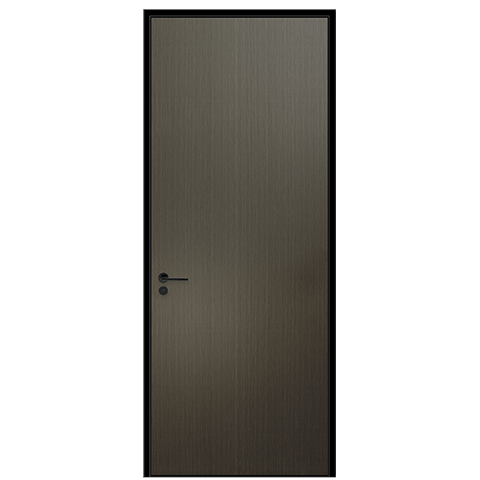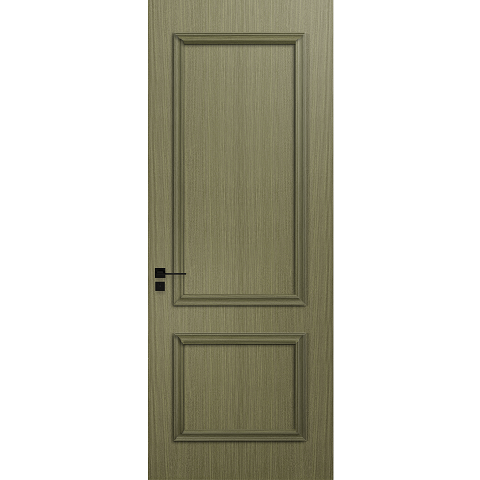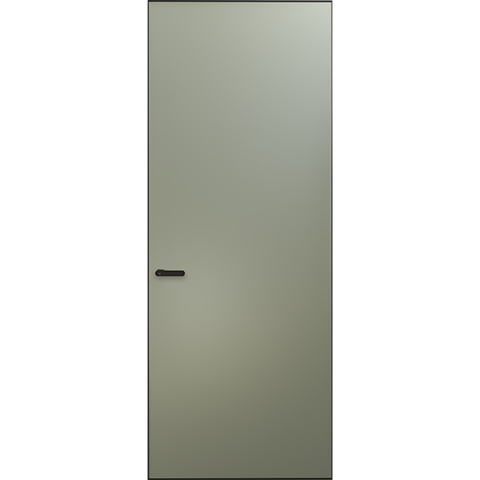Study on Heat Stability of UPVC Profile
Introduction
UPVC (Unplasticized Polyvinyl Chloride) profile is a commonly used material for windows and doors in modern buildings due to its excellent performance in terms of energy efficiency, sound insulation, and durability. However, the heat stability of UPVC profile is also an important factor that affects its quality and lifespan. In this article, we will discuss the research and development of the heat stability of UPVC profile, including the factors that affect heat stability, the testing methods and standards, and the latest trends in this field.
Factors that Affect Heat Stability
The heat stability of UPVC profile is mainly affected by the chemical composition of the material, the manufacturing process, and the external environment. The chemical composition of UPVC profile includes PVC resin, stabilizers, lubricants, fillers, and pigments. Among them, the stabilizers play a key role in improving the heat stability of UPVC profile. The most commonly used stabilizers for UPVC profile are lead-based stabilizers, tin-based stabilizers, and calcium-zinc stabilizers. Lead-based stabilizers have excellent heat stability and weatherability, but they are toxic and harmful to the environment. Tin-based stabilizers have good heat stability and low toxicity, but they are relatively expensive. Calcium-zinc stabilizers have moderate heat stability, low toxicity, and low cost, and they are currently the most widely used stabilizers for UPVC profile.
The manufacturing process of UPVC profile also affects its heat stability. During the extrusion process, the temperature and pressure of the extruder, the cooling rate, and the stretching rate all have an impact on the heat stability of the final product. In addition, the use of recycled materials in the manufacturing process can also affect the heat stability of UPVC profile.
The external environment, especially the temperature, humidity, and sunlight exposure, also affects the heat stability of UPVC profile. High temperature and prolonged exposure to sunlight can cause the material to degrade and lose its mechanical properties, leading to cracking, warping, and discoloration.
Testing Methods and Standards
The heat stability of UPVC profile can be evaluated by various testing methods, including thermogravimetric analysis (TGA), differential scanning calorimetry (DSC), dynamic mechanical analysis (DMA), and mechanical properties testing. TGA is a commonly used method to measure the thermal decomposition behavior of UPVC profile under different heating rates and atmospheres. DSC can provide information on the glass transition temperature, melting temperature, and heat capacity of UPVC profile. DMA can measure the viscoelastic properties of UPVC profile under different temperatures and frequencies. Mechanical properties testing, such as tensile strength, bending strength, and impact resistance, can also reflect the heat stability of UPVC profile to some extent.
In terms of standards, there are many international and national standards for testing the heat stability of UPVC profile, such as ASTM D648, ISO 75, GB/T 1634, and JIS K7207. These standards provide guidelines for sample preparation, testing procedures, and data analysis, and ensure the consistency and reliability of test results.
Latest Trends
With the increasing demand for energy-efficient and environmentally friendly building materials, the development of UPVC profile with higher heat stability and lower environmental impact has become a hot research topic in recent years. One of the trends is the development of new stabilizers that are more efficient and less toxic. For example, organic tin stabilizers and rare earth stabilizers have been developed as alternatives to traditional stabilizers, with the advantages of higher heat stability, lower toxicity, and better environmental compatibility.
 Hot Recommendation
Hot Recommendation
 Latest Products
Latest Products



